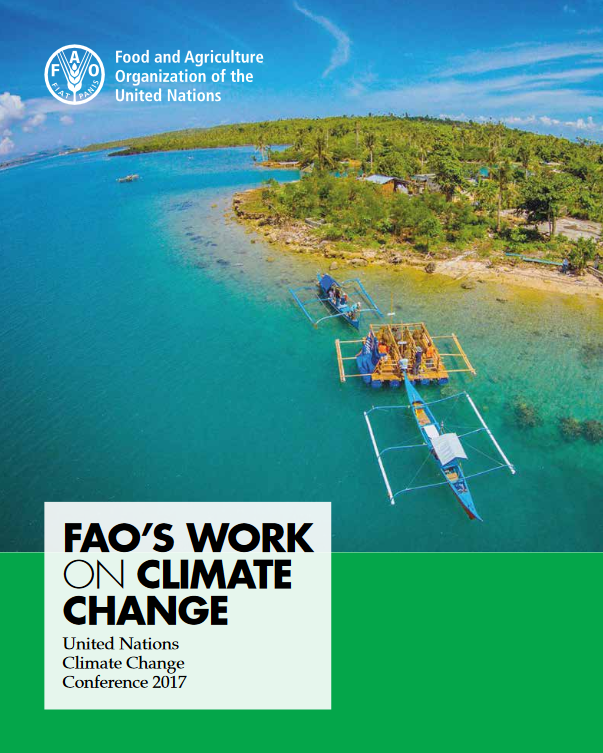Zero deforestation: A commitment to change
Widespread palm oil production causes much controversy due to its negative impacts in the tropics. But whatever is said about it, it is big business and getting bigger by the day due to increasing global demands. Alongside this, the size and depth of the social and environmental debates surrounding palm oil production are also growing. As a major globally-consumed commodity, its production in the humid and sub-humid tropics raises concerns due to its impacts on the environment, biodiversity, local communities, smallholder livelihoods, land rights and climate change.



